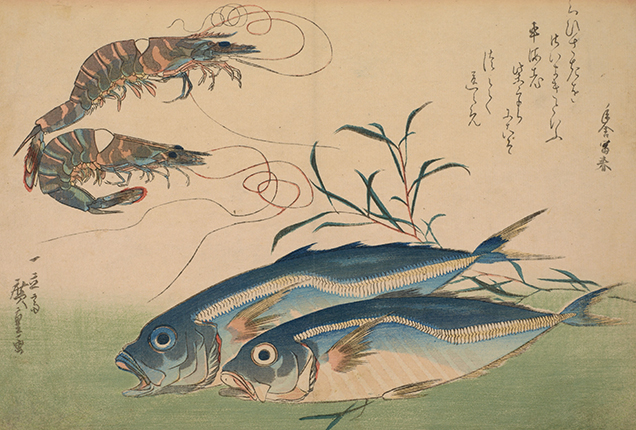Fish catch and ocean currents
DOI: 10.1063/PT.3.3892
The Kuroshio current starts off flowing west toward the Philippines. As it nears the archipelago, it veers northward past Taiwan. By the time it reaches the seas off Japan, it flows eastward. Taiwanese fishermen have long known that the current’s western margins are rich in mackerel, even if they were unaware of the cause: The winds that propel the current also help to pull up deep, cold, nutrient-rich water that favors phytoplankton and, in turn, tiny crustaceans and other fish food. Leo Oey of Taiwan’s National Central University and his collaborators have now added to that basic picture by examining how interannual fluctuations in the Kuroshio influence interannual fluctuations in fish catch. For their investigation, the researchers used remote-sensing measurements of ocean greenness—and therefore phytoplankton—as a proxy for surface nutrients. Satellite altimetry yielded Kuroshio’s strength and location. And a hydrodynamical model characterized the three-dimensional flow in and around the current. As the Kuroshio makes its northward turn past Taiwan, it flows over the edge of the East Asian continental shelf. Oey and his collaborators found that the stronger the current, the further away from the shelf it flows, a condition that exposes more nutrient-rich deep water to the stronger upwelling. Roughly speaking, the Taiwanese mackerel catch fluctuates year to year by ±15 000 tons, or ±35%. Fully 40% of those fluctuations, Oey and his colleagues found, can be accounted for by the changing current. Because larvae and juvenile fish benefit the most from the additional nutrients and phytoplankton, fluctuations in the catch of mature fish lag the fluctuations in current by about six months. As for what drives the changing current, the scientists’ research implicates a monsoon-like interannual shift in the winds over the western North Pacific Ocean known as the Philippines–Taiwan Oscillation. (L. Oey, J. Wang, M.-A. Lee, J. Phys. Oceanogr., in press, doi:10.1175/JPO-D-17-0041.1

HIROSHIGE

